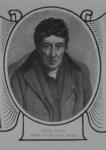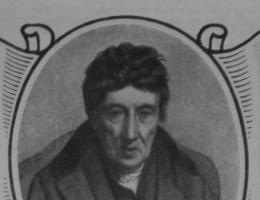
Jean-Louis ADAM
1758 - 1848
Composer, Pianist
Born in Muttersholtz, Alsace, Jean-Louis Adam learned to play the harpsichord with a member of his family, then with a teacher by the name of Hepp, before going on to study harpsichord and piano with Johann Friedrich Edelmann. He also learned the violin, the harp and composition as an autodidact. On his arrival in Paris at the age of seventeen, he made his public début at the Concert Spirituel with his Deux simphonies concertantes for harp, piano and violin. From 1797 to 1842 he taught piano at the Paris Conservatoire. On retiring, at the age of eighty-four, he received the title of Inspecteur général des classes de piano, which he held until his death in 1848. His pupils included Friedrich Kalkbrenner and Louis-Ferdinand Hérold. Adam was also in charge of a class for “gens du monde” at Érard’s salons. He composed a symphony, two symphonies concertantes, chamber works and vocal pieces, but most of his œuvre was devoted to the keyboard. In his long life, Adam witnessed and participated in the transition from the harpsichord to the fortepiano. This is perfectly clear in his ten sonatas, which call for an increasingly larger instrument, and finally one with a pedal. In 1798 Adam was the author (with Lachnith) of a Méthode ou principe général du doigté pour le forte-piano (Method or general principle of fingering for the fortepiano), but it was his Méthode de Piano of 1804 (translated into Italian and German) that brought him lasting fame. Adam was “among the foremost teachers of his instrument” (Fétis). More generally, he was one of the key figures in the French piano school, to which the Romantics are indebted. The composer Adolphe Adam was his son.


